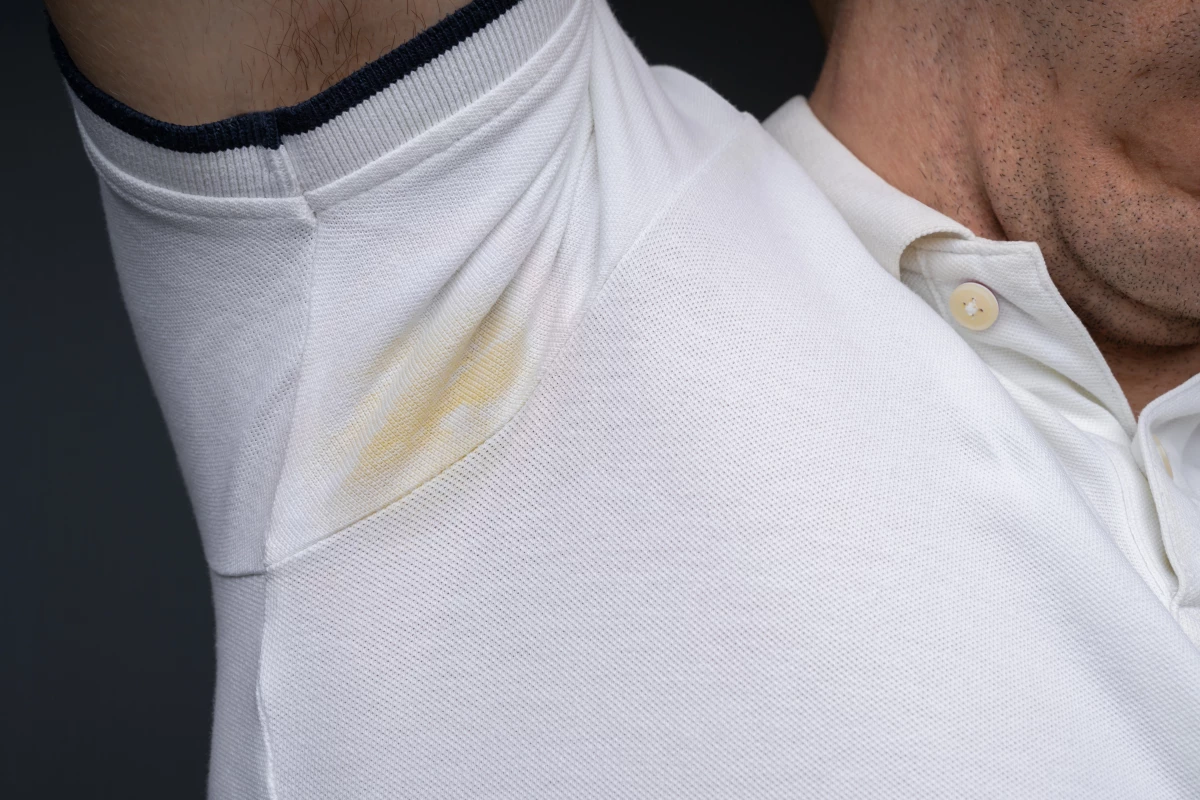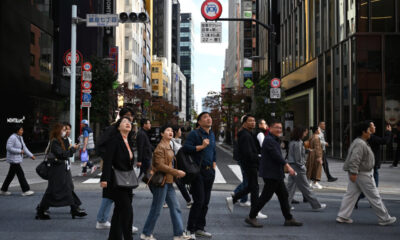Science
Scientists Discover Blue LED Light Effectively Removes Stains

Researchers from Asahi Kasei Corporation in Japan have developed a promising solution for a common laundry dilemma: stubborn yellow sweat stains on white clothing. Their recent study demonstrates that high-intensity blue LED light can effectively eliminate these unsightly stains without damaging delicate fabrics.
Yellow stains on white garments, particularly underarm areas, typically arise from a combination of substances found in sweat and skin oils. These include oleic acid and squalene, alongside natural pigments like lycopene and beta-carotene, which can also transfer from spilled beverages such as tomato and orange juice. Traditional methods for stain removal, like bleach and ultraviolet (UV) light, often compromise fabric integrity, prompting the researchers to explore a safer alternative.
In their investigation, scientists Tomohiro Sugahara and Hisanari Yoneda previously found that blue LED light was effective in removing discoloration from aged resin polymers. Building on this, they subjected vials containing beta-carotene, lycopene, and squalene to three hours of blue light exposure. The results revealed that the light triggered a photobleaching process, where oxygen interacted with the compounds, breaking them down into colorless entities.
The next phase of their study involved applying squalene to white cotton swatches, simulating aging through heat exposure, and then treating these swatches with blue LED light for ten minutes. The findings indicated that the blue light was superior in removing yellow stains compared to treatments with UV light or hydrogen peroxide, and crucially, it did not harm the fabric.
Further tests confirmed that this blue light treatment also successfully worked on stained polyester and silk, expanding its potential applications. The researchers are now investigating ways to develop both home-use and industrial stain removal systems using this innovative technique.
“Our method utilizes visible blue light in combination with ambient oxygen, which acts as the oxidizing agent to drive the photobleaching process,” stated Sugahara. “This approach avoids the use of harsh chemical oxidants typically required in conventional bleaching methods, making it inherently more sustainable.”
The findings of this study were recently published in the journal ACS Sustainable Chemistry & Engineering. Beyond stain removal, further research is also exploring the antibacterial properties of high-intensity blue LED light, indicating a broader scope for its application in household cleaning and hygiene.
As the research progresses, the implications for sustainable laundry practices could be significant, offering consumers a gentle yet effective alternative to traditional stain removal methods.
-

 Technology5 months ago
Technology5 months agoDiscover the Top 10 Calorie Counting Apps of 2025
-

 Health2 months ago
Health2 months agoBella Hadid Shares Health Update After Treatment for Lyme Disease
-

 Health3 months ago
Health3 months agoErin Bates Shares Recovery Update Following Sepsis Complications
-

 Technology4 months ago
Technology4 months agoDiscover How to Reverse Image Search Using ChatGPT Effortlessly
-

 Technology1 month ago
Technology1 month agoDiscover 2025’s Top GPUs for Exceptional 4K Gaming Performance
-

 Technology2 months ago
Technology2 months agoElectric Moto Influencer Surronster Arrested in Tijuana
-

 Technology5 months ago
Technology5 months agoMeta Initiates $60B AI Data Center Expansion, Starting in Ohio
-

 Technology5 months ago
Technology5 months agoRecovering a Suspended TikTok Account: A Step-by-Step Guide
-

 Health4 months ago
Health4 months agoTested: Rab Firewall Mountain Jacket Survives Harsh Conditions
-

 Lifestyle5 months ago
Lifestyle5 months agoBelton Family Reunites After Daughter Survives Hill Country Floods
-

 Technology4 months ago
Technology4 months agoHarmonic Launches AI Chatbot App to Transform Mathematical Reasoning
-

 Technology3 months ago
Technology3 months agoUncovering the Top Five Most Challenging Motorcycles to Ride





















